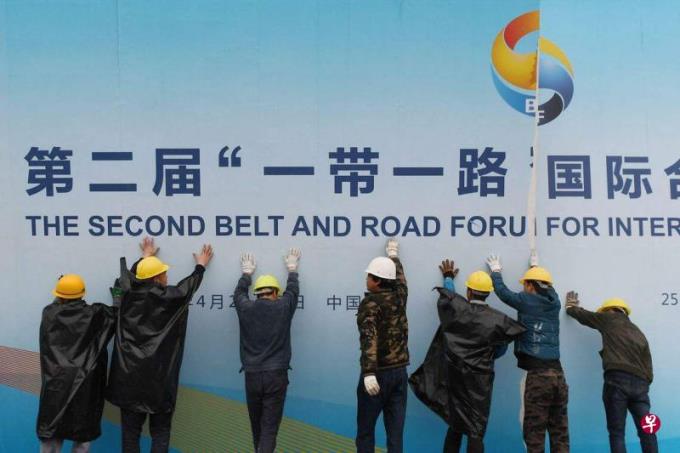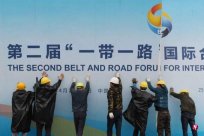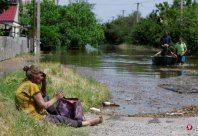
(Tokyo Comprehensive News) The Japanese government will implement new policies and actively provide assistance to developing countries, rather than waiting for the request for the recipient.This is believed to compete with China ’s Belt and Road Initiative.
Asia reported that Japan passed the revised development cooperation charter on Friday (June 9).The last time Japan revised this foreign economic assistance plan in 2015.
Development cooperation outline is generally revised every 10 years.Japanese Prime Minister Kishita Kishita's early revision this time highlights Japan's concerns about China ’s increasingly rising and solved other global challenges, such as Russia and Ukraine War Evergreen.
According to the revised outline, Japan will cooperate with the recipient countries when "no financial coercion and no harm to developing countries in developing countries."
Japan also hopes to give full play to the technical advantages. Before the recipient country is required, the initiative to propose to better meet the needs of the recipient.
Foreign aid is not easy to surpass China
However, it is not easy to surpass China in Japan. The funds that Japan has issued to foreign aid so far has maintained 0.4%of the total national revenue, which is lower than 0.7%of the international benchmark.
Japan's budget for "Office Development Assistance (ODA) in the current financial year is 570.9 billion yen (about S $ 5.5 billion).Since 2015, this fund has increased year by year, but it is only about half of the 1.16 trillion yen peak of the 1997 fiscal year.
Compared with the estimation of the American Institute of Enterprise, China /A> The annual investment in 2019 has reached $ 100 billion (about S $ 134.37 billion).
After the outbreak of the crown disease, China has reduced these investment, but the funds allocated each year are still as high as 60 billion to 70 billion US dollars.China's official plans to hold the Third Belt and Road Summit this year, which means that China may once again increase foreign economic assistance.
However, Japan hopes to focus on lightweight, providing professional knowledge for developing countries, such as carbon projects in countries relying on fossil fuels, and training professionals in the digital field.
The revised outline also emphasizes the importance of cooperation with private sector and civil organizations, as well as the importance of introducing new funds.
Japan began to provide government development assistance to developing countries in the 1950s as part of World War II compensation.In 1989, Japan surpassed the United States and became the biggest assistant country.
China was also the biggest reinforcement country in Japan.Japan has provided government development assistance to China since 1979, which has provided support for China's economic development, but Japan's aid to China has been terminated last year.




